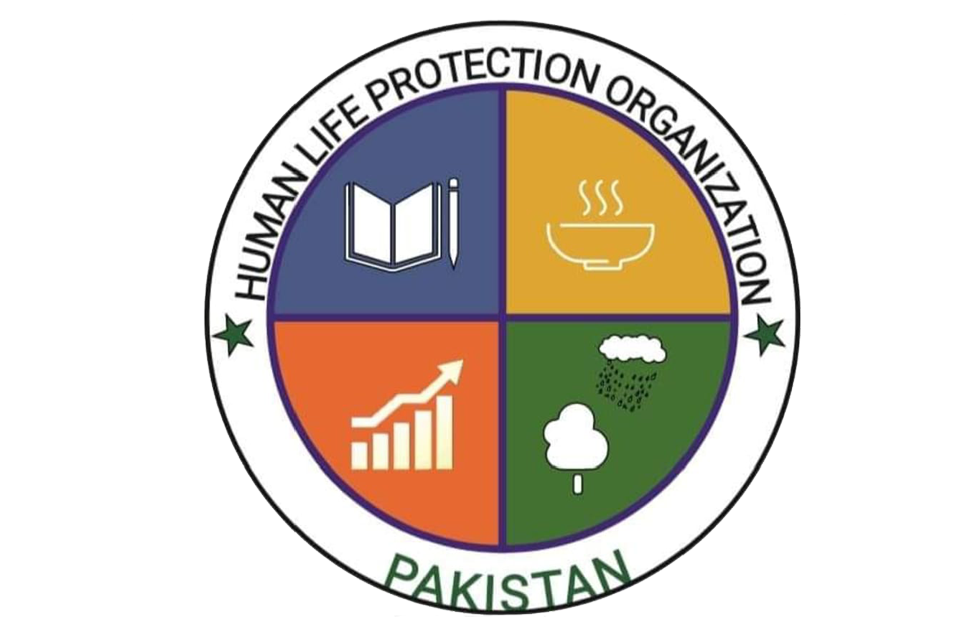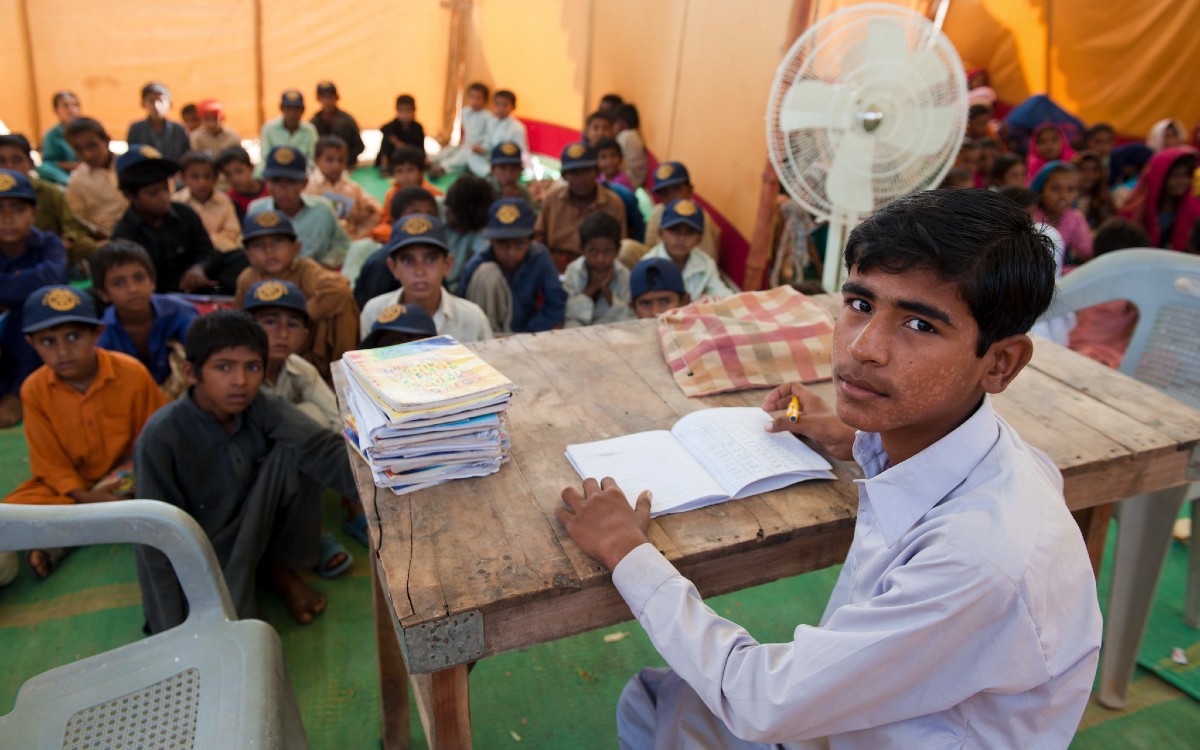The State of Education in Pakistan: Challenges and Opportunities Education is a fundamental human right and a key driver of economic and social development. In Pakistan, however, the education system faces numerous challenges that hinder the country’s progress. Despite efforts to improve, the sector continues to struggle with issues such as inadequate funding, lack of infrastructure, poor quality of education, and gender disparities. This blog explores the current state of education in Pakistan, the challenges it faces, and the potential opportunities for improvement. Current State of Education in Pakistan Pakistan’s education system is characterized by a mix of public and private schools, madrasas (Islamic schools), and informal education setups. According to the Pakistan Social and Living Standards Measurement (PSLM) survey, the national literacy rate stands at around 60%, with significant variations between urban and rural areas and between genders. Urban areas boast higher literacy rates, while rural areas lag behind, particularly for women and girls. Primary education enrollment has improved over the years, with a gross enrollment ratio of approximately 89%. However, retention rates remain low, with a significant number of children dropping out before completing primary school. Secondary and higher education enrollment rates are even lower, indicating a substantial gap in the education pipeline. Challenges Facing the Education System Inadequate Funding: One of the primary challenges is the lack of sufficient funding for education. Pakistan allocates around 2.5% of its GDP to education, which is significantly lower than the recommended 4-6% by UNESCO. This underfunding affects every aspect of the education system, from teacher salaries to infrastructure development. Infrastructure Deficiencies: Many schools, particularly in rural areas, lack basic facilities such as clean drinking water, sanitation, and electricity. Additionally, there is a shortage of classrooms, and existing buildings are often in poor condition, making it difficult to provide a conducive learning environment. Quality of Education: The quality of education in Pakistan is compromised by outdated curricula, rote learning methods, and poorly trained teachers. There is a need for comprehensive curriculum reform and professional development programs for teachers to improve teaching methodologies and student learning outcomes. Gender Disparities: Gender inequality remains a significant issue, with girls facing numerous barriers to education, including cultural norms, early marriages, and safety concerns. Although there have been efforts to promote girls’ education, the gender gap persists, particularly in rural areas. Political and Social Instability: Political instability and security concerns, especially in conflict-prone regions, disrupt the education system. Schools in these areas often face closures, and students and teachers are put at risk. Opportunities for Improvement Despite these challenges, there are several opportunities to improve the education system in Pakistan: Increased Investment: The government needs to prioritize education by increasing funding and ensuring efficient allocation of resources. Investing in education infrastructure, teacher training, and learning materials can significantly enhance the quality of education. Public-Private Partnerships: Encouraging collaborations between the public and private sectors can help bridge resource gaps. Private entities can bring innovation, efficiency, and investment to the education sector. Community Engagement: Involving local communities in school management and decision-making processes can lead to better accountability and tailored solutions to specific challenges faced by schools in different regions. Technological Integration: Leveraging technology in education can overcome geographical barriers and provide access to quality learning resources. E-learning platforms and digital classrooms can supplement traditional teaching methods and reach a broader audience. Focus on Girls’ Education: Special initiatives aimed at promoting girls’ education, such as scholarships, safe transportation, and community awareness programs, can help close the gender gap and empower women. Policy Reforms: Comprehensive policy reforms that address systemic issues, promote equity, and ensure the implementation of educational standards are crucial. This includes revising curricula, standardizing teacher qualifications, and monitoring educational outcomes. Conclusion The education system in Pakistan faces significant challenges, but with concerted efforts and strategic investments, there is potential for substantial improvement. By addressing funding gaps, improving infrastructure, ensuring quality education, promoting gender equality, and leveraging technology, Pakistan can build a robust education system that supports its socio-economic development and empowers its citizens. The journey is long and complex, but the rewards of a well-educated population are immense and far-reaching.

